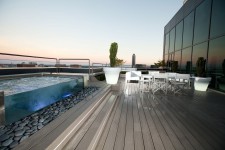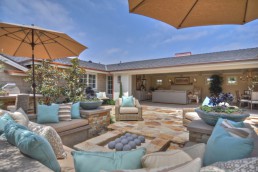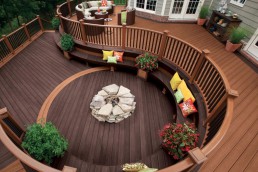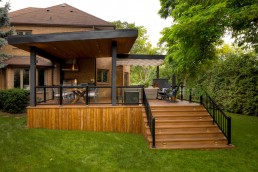The Complete Guide To Deck Materials
Investing in a deck or patio is a big decision that should pay itself off for years to come. A big part of insuring your investment is by taking the time to do a bit of research on deck building tips, so you can choose the right materials for your deck.
Sure, you want your outdoor living space to look great. However, choosing the right materials depends on more than just appearance. You’ll want to choose durable materials that are appropriate for your climate, budget, and maintenance requirements. Before deciding upon one, it pays to learn about all your choices before picking the material that suits your needs and personal style.
With The Simple Guide to Deck Materials, you will learn about these six popular options that fall into two categories: natural materials and synthetic.
Natural Materials
Wood
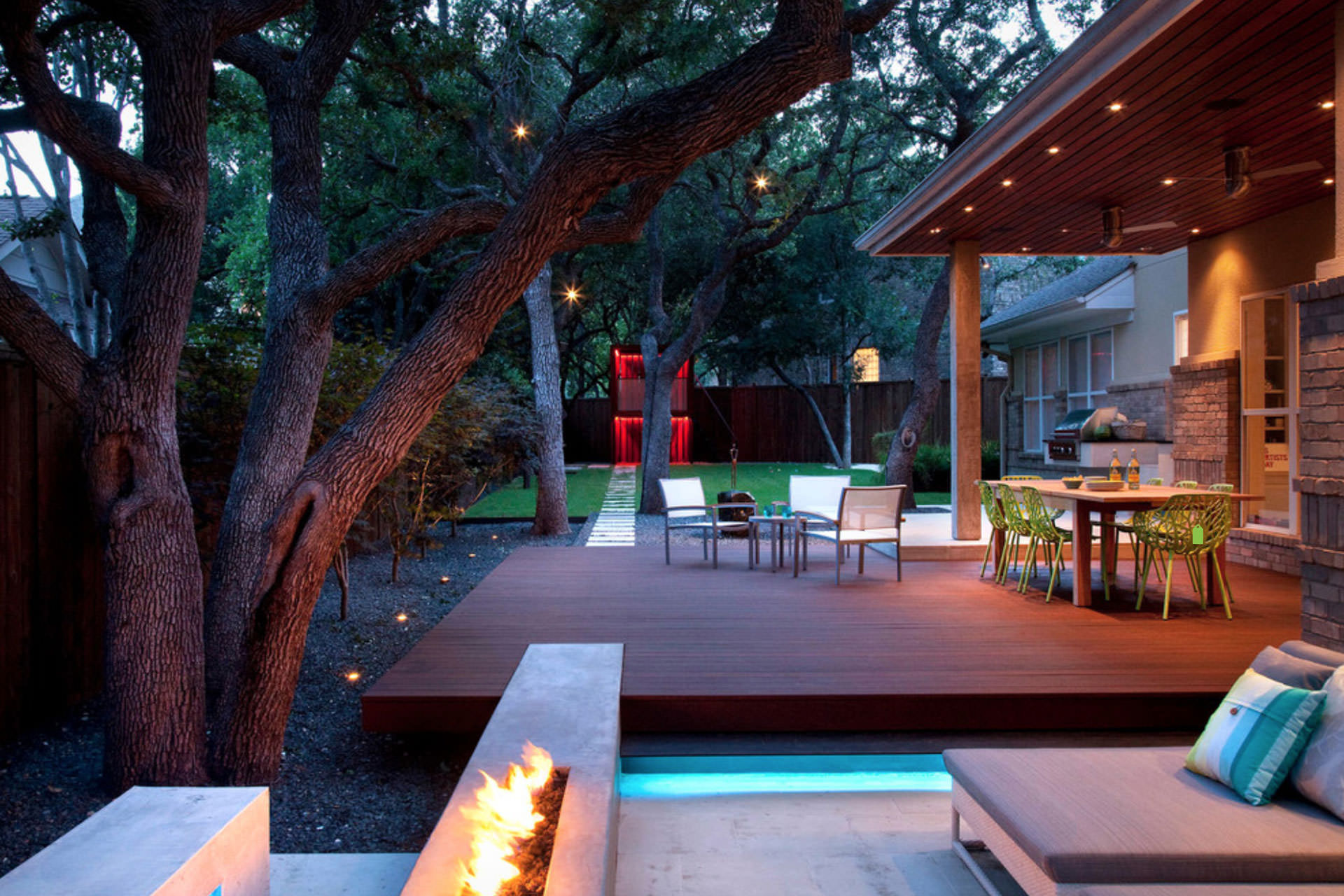
Wood is still the most popular traditional material used in decks. Natural wood is beautiful and fairly easy to install. The downside is that wood requires yearly maintenance that includes cleaning and re-staining, otherwise it is susceptible to rot, splinter, and warp. Pressure-treated wood is an inexpensive option that offers increased resistance to moisture, decay, insects, mold, and rot. However, this wood, treated with toxic chemicals, is not full-proof and as with any wood requires regular maintenance. Wood has a life expectancy of 10-12 years.
Cedar
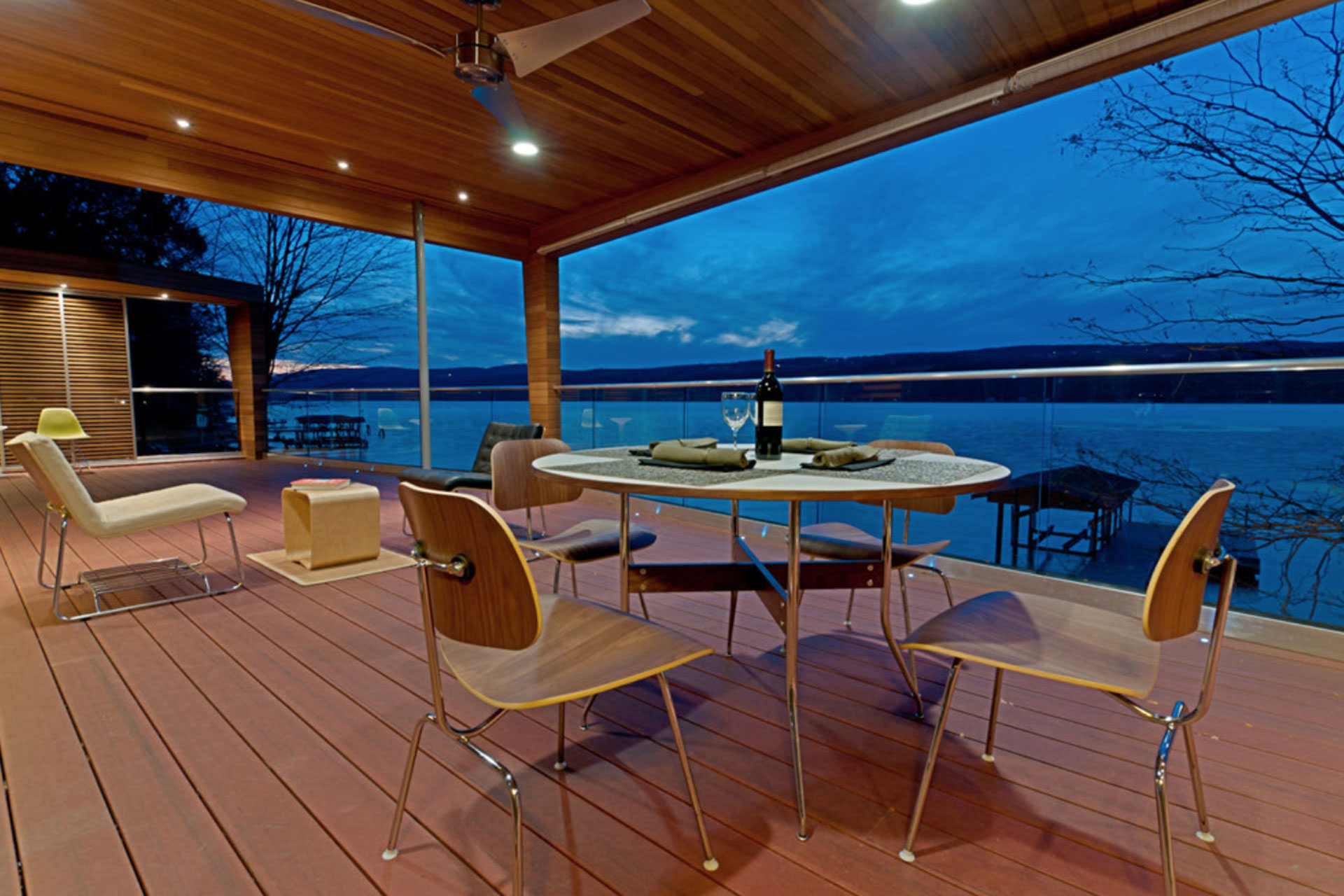
Cedar wins the prize as the most popular natural wood option due to its rich finish and grain, as well as its natural resistance to decay and insects. Cedar has a beautiful look and color and as a soft wood can be used to create elaborate and detailed shapes. However, be warned that cedar is two times more expensive than pressure-treated wood and requires yearly staining if you don’t want it to weather naturally to a silvery grey.
Thermally Modified
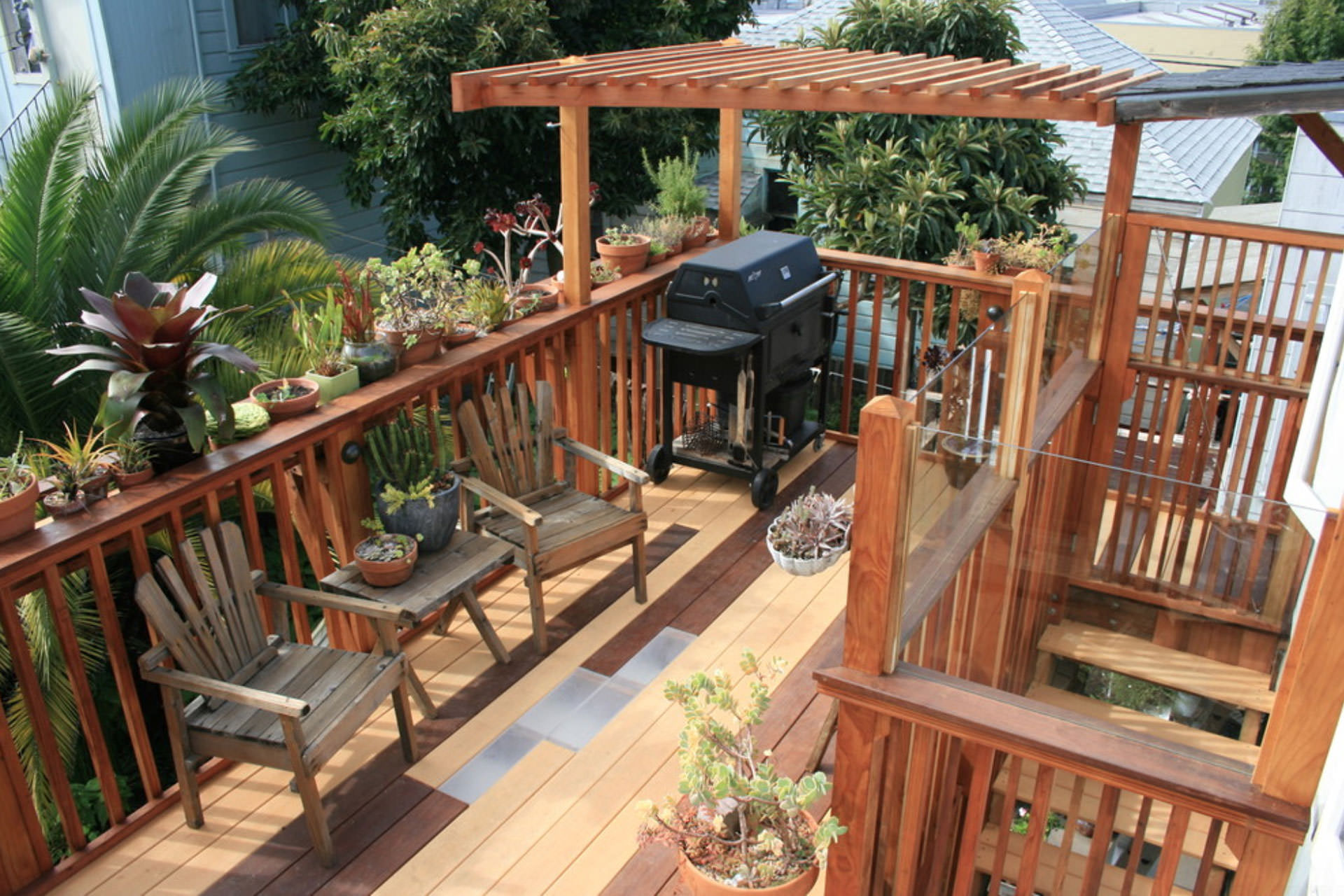
Thermally modified woods are gaining popularity in this country as a non-toxic, decay resistance material. These woods are cooked at high temperatures for extended amounts of time to remove resins and sugars which increases resistance to rot and moisture without the use of chemicals. Some manufacturers offer a 30-year warranty against rot even with full ground contact. More expensive than pressure treated woods, the price for thermally modified wood falls between cedar and tropical hardwoods.
Tropical Hardwoods
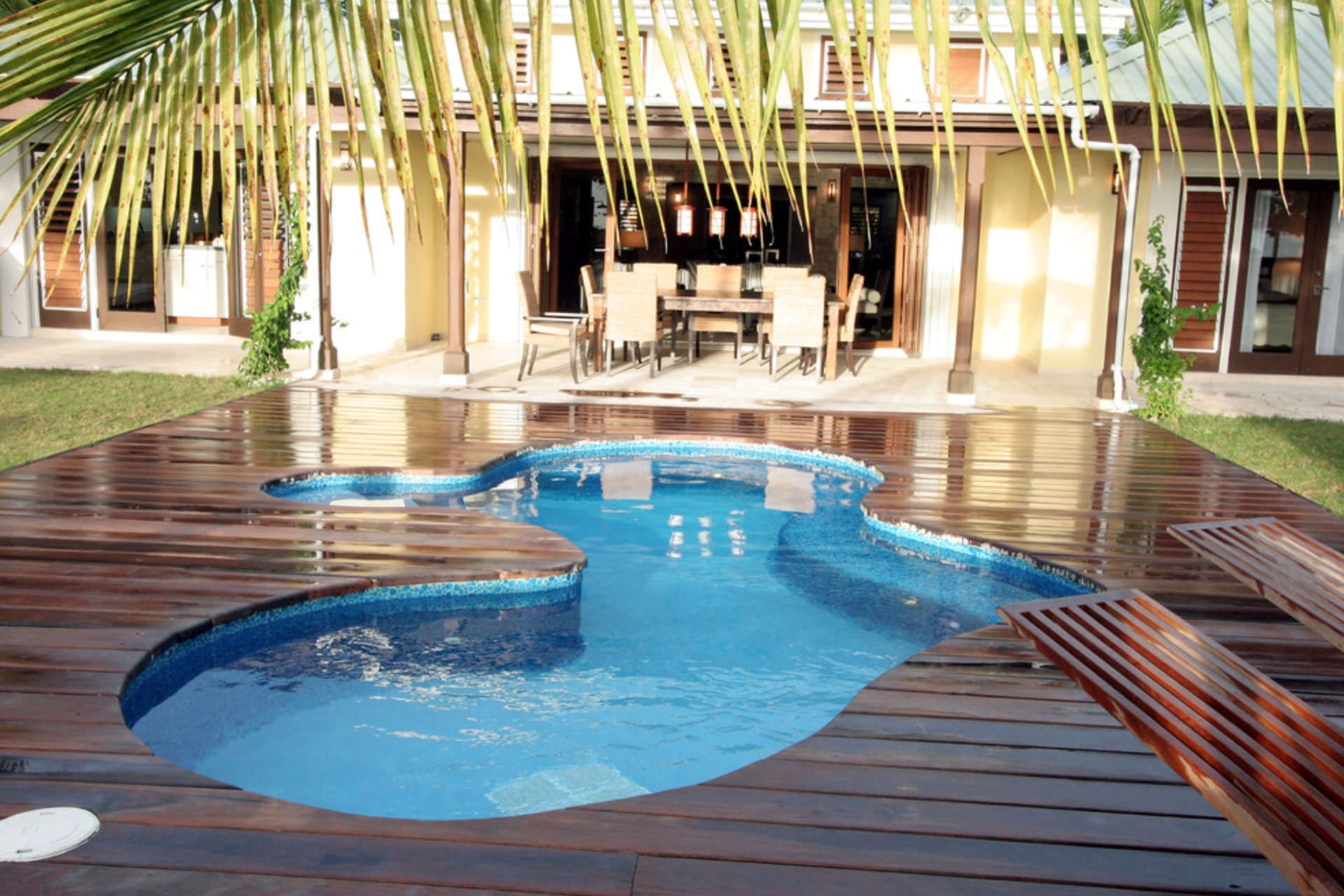
If you want the “wow” factor and your budget allows, tropical woods, such as ipe and tigerwood, will not fail to impress. Dense, durable, and hard, these woods are naturally resistant to rot and insects. Tropical woods require staining every year and a protective stain preservative applied three months after installation to seal the natural oils that leach out of the wood. In addition to being expensive, tropical woods can be difficult to work with because of its denseness. Keep in mind, if you live in a warmer climate, you’ll want to avoid dark woods that can burn your feet in the summer.
Synthetic Woods
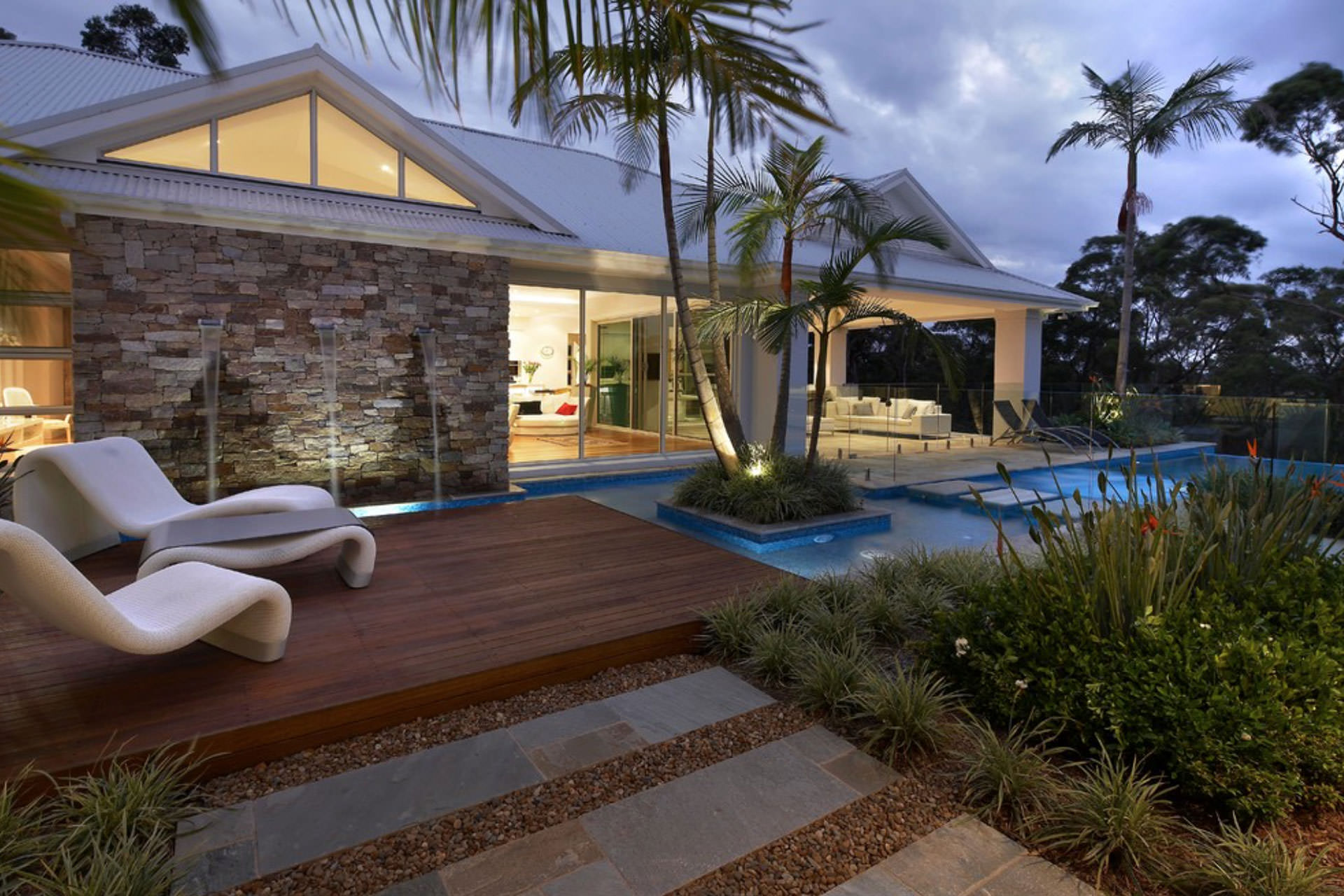
Composite decking, made from wood and resin, is a modern and increasingly popular option. A variety of colors and textures mimic the color and grain of natural wood without all the maintenance. One of the major advantages of composite wood is that it won’t warp, split, or splinter. Most manufacturers offer warranties up to 25 years. However, composites are more expensive than wood and retains heat, which can create a deck that is impossible to walk on barefoot in hot climates.
Cellular PVC
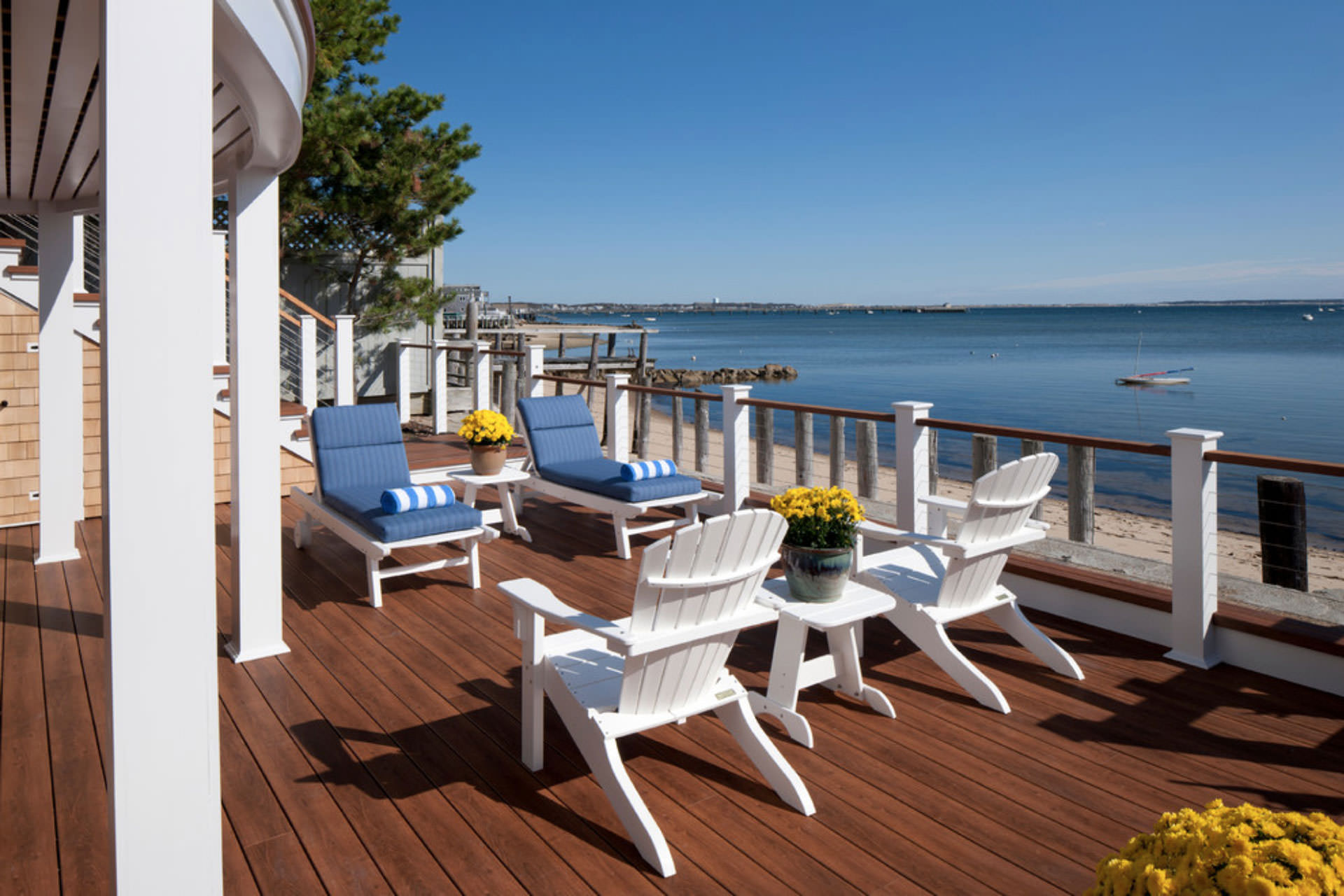
Cellular PVC is made entirely from plastic. Similar to composite decking, this type of decking has a PVC surface for added protection from stains, scratches, and mold and offers a sleek, modern look. Cellular PVC is the best and most expensive choice among synthetic woods. In addition to extremely low maintenance and the fact that it never needs staining or sealing, this decking also has the longest life expectancy with suppliers, Aztek even offers lifetime warranties. Once painted, cellular PVC looks, feels, and sounds like wood when you knock on it.
When planning your deck or patio, carefully consider all the pros and cons and then make a decision that fits your lifestyle and personal preference. Keep in mind, that no matter what choice of materials you make for your deck and patio, overhead structures can help protect against inevitable wear and tear.
Retractable Solutions for Outdoor Spaces
Please complete the form below to download our free eBrochure.
Price List included
